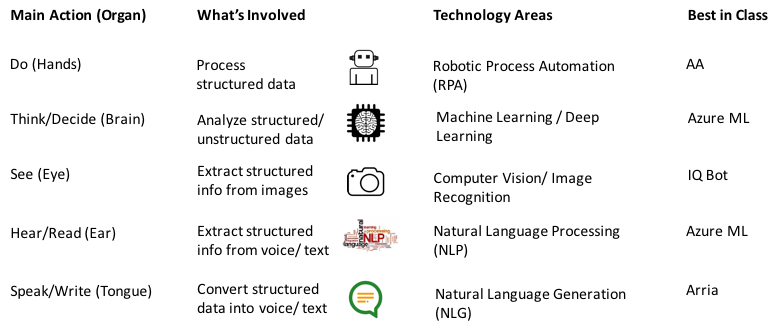

Developing an
Introduction
Developing an automation roadmap essentially involves 2 steps - Process Identification & Process Prioritization. In order to prioritise processes, it is essential to determine the feasibility, complexity, effort and cost of automating each process (or set of processes), working out the expected savings, and then developing a business case (ROI model).
This process in itself can be costly and time-consuming because:
Acronotics had developed a sensible and practical approach to carry out this analysis quickly and efficiently. It involves the following steps:

The first step in launching an automation program is identifying processes that are ideal candidates for automation. Acronotics' approach is to use a combination of technology and process discovery experts. Our Process Mining & Discovery uses three main levers:
By combining industry knowledge with cutting-edge process mining technologies,Acronotics ensures a data-driven, practical approach to process discovery. Our strategic partnerships with UiPath, Microsoft, Celonis, and Soroco enable us to uncover automation opportunities faster and more accurately, delivering significant business value from day one.
Once candidate processes have been identified through the process discovery workshops, the next step is to analyze and prioritize them. This involves assessing the following for each candidate process:
Most consulting firms use elaborate models to carry out this analysis, which takes a lot of time and involves a substantial upfront investment just to develop the business case for automation.
Acronotics is able to expedite this process by ensuring that the key data elements for this analysis are gathered during the process discovery workshop itself. Our approach focusses on delivering the following outcomes:
Feasibility Analysis
Typical approaches to evaluating feasibility focus on what extant RPA software packages can or cannot handle.

These criteria are quite helpful in identifying quick wins that can be automated using a standard RPA tool. More complex processes with greater business impact get excluded in such analysis, in particular processes that:
The Acronotics Intelligent Automation Framework helps organizations design automation solutions for complex processes that RPA alone cannot handle. Feasibility is established not based on what RPA alone can automate, but what a combination of RPA & AI technologies can automate. This approach also enables us to develop a high level blueprint for automating the process right at the onset.


Complexity Analysis, Effort & Cost Estimation
Once feasibility (and high-level automation approach) have been determined, the next step is to estimate the complexity to automate the selected processes.
Savings & Benefits Assessment
For each process (or a group of related processes), we estimate expected FTE savings by:
For example, if a process has 5 FTEs allocated to it, and it can be 80% automated, the expected FTE saving is 4 FTE (leaving 1 residual FTE to carry out exception processing).
Besides FTE savings that can be more visibly measured, automation can deliver several other benefits with substantial $ savings, but these savings can be harder to quantify. These include:
Since it is not easy to nail down these savings, Acronotics recommends building the ROI model for automation based on hard savings from FTE reduction/ reallocation only. Even with only FTE savings taken into consideration, most well-designed RPA programs deliver a payback period of less than 1 year and a very solid ROI over 3-5 years.
ROI Calculation
To calculate the ROI for an automation program, we need to bring together the following data elements:
Once this information has been assembled, it can be plugged into the Acronotics ROI Model to arrive at the business case.
Summary – Developing an Automation Roadmap